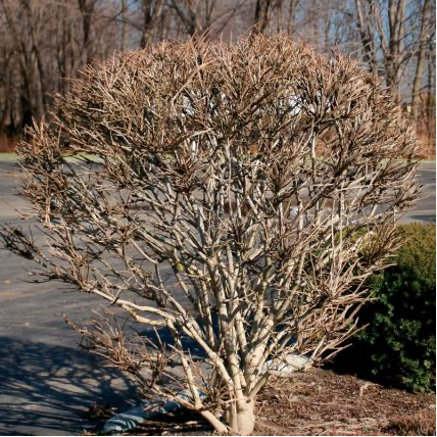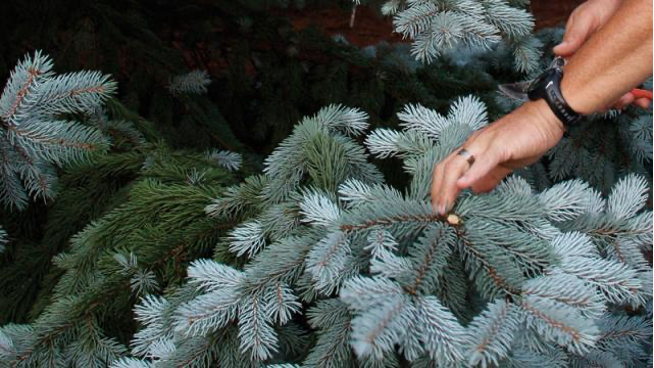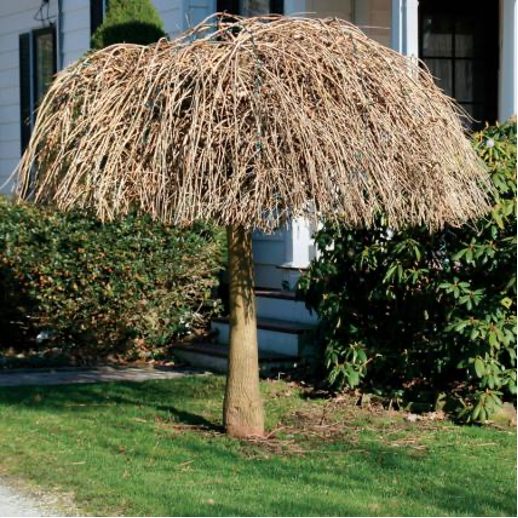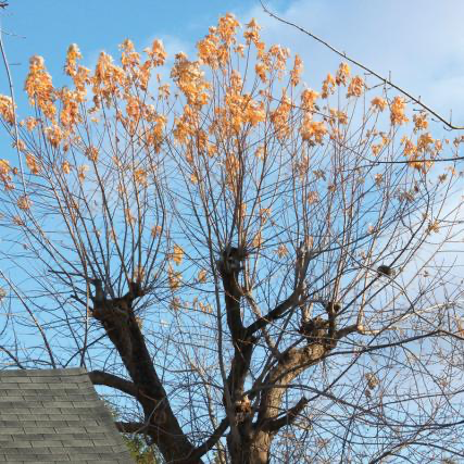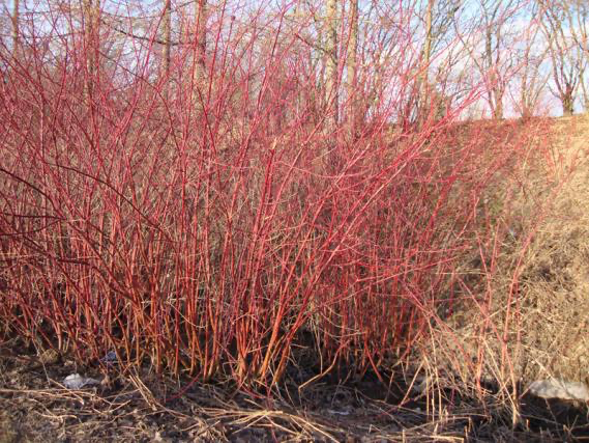Everyone can relate to that feeling of panic after making a cut and realizing that you’ve just ruined the shape of your shrub. Or perhaps you’ve ignored a plant’s obvious structural problem because you were afraid or unsure of what pruning action to take. Improper pruning can lead not only to ugly plants but also to liability in the landscape. There is some recourse, thankfully, for these errors in pruning judgment.
There is nothing less noticeable than an excellent pruning job. But on the flip side, there is nothing more noticeable than a poorly pruned plant. Pruning is a science and an art. The science involves recognizing plant flaws and skillfully eliminating or minimizing these defects. The artistic end involves removing these bad parts or pieces with a disguised grace so that the plant appears unmarred and untouched. As gardeners, though, we sometimes forget about one of these aspects when pruning, and that’s when we make mistakes. Throughout the week we will feature the top five pruning mistakes most often seen and advice on how to fix them to save your plants and your sanity.
PRUNING MISTAKE #1
You keep snipping the tips of your plants to keep them in check.
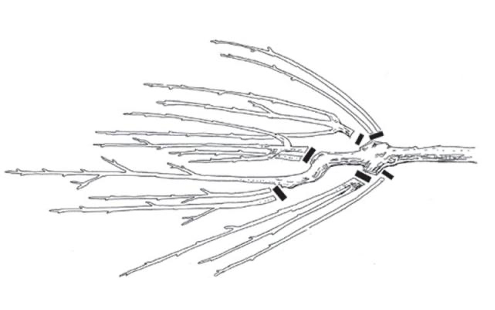
Prune the brooming ends down to one leader
PRUNING MISTAKE #2
Your conifers are out of control in summer, so you cut back the longest branches.
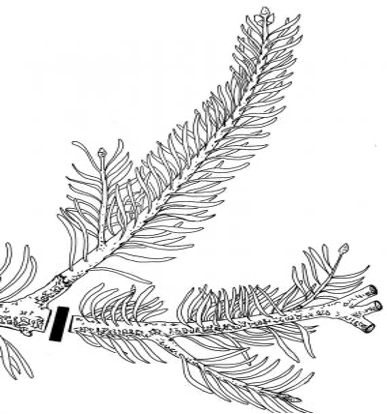
Prune back to a side shoot further back in the bush
PRUNING MISTAKE #3
You shear your weeping cherry tree so that it looks like it has a Beatle haircut.
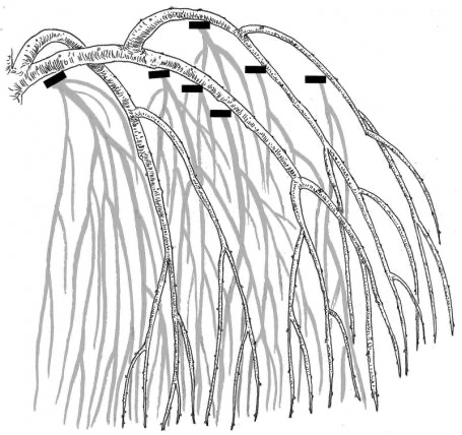
Eliminate all branches that are growing across another branch, that are damaged and then thin out inner branches to leave an outer weeping skeleton.
PRUNING MISTAKE #4
The tree in the front yard is too tall, so you chop off the top to make it stop growing up.
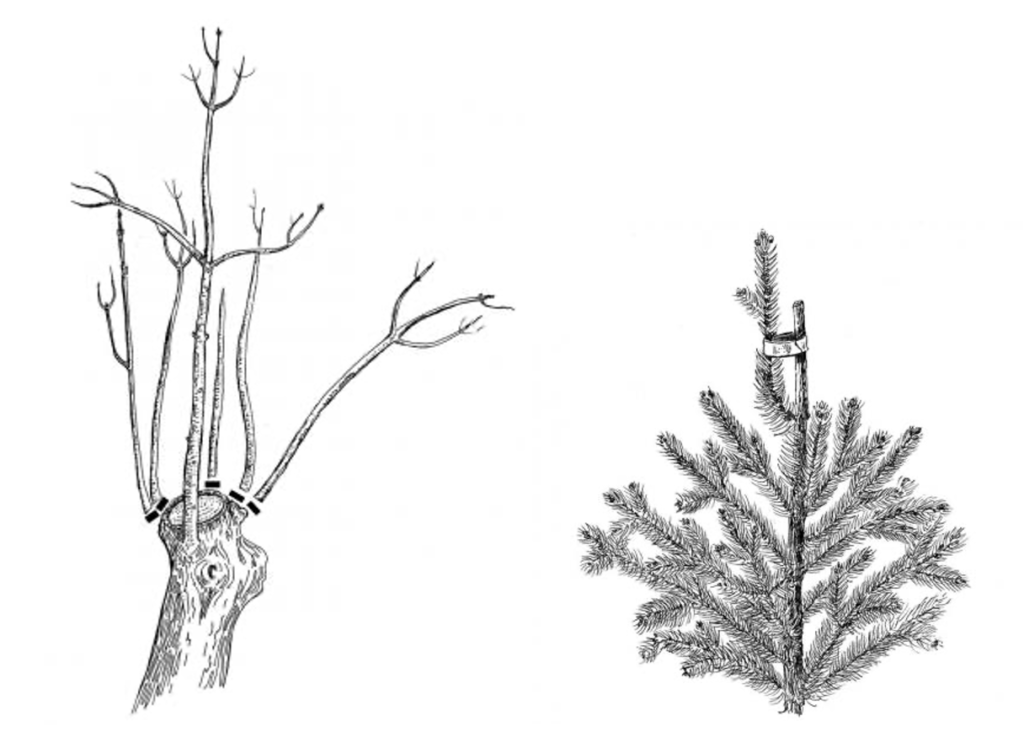
Prune the brooming ends down to one leader
PRUNING MISTAKE #5
You keep snipping the tips of your plants to keep them in check.
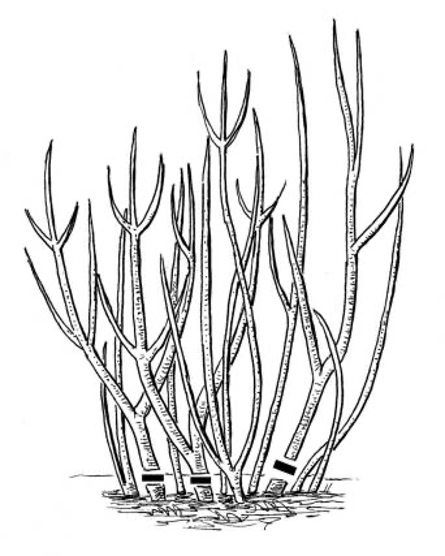
Thin out branches at ground level to allow air flow through the bush. Trim out all crossing branches, diseased wood, then the oldest branches until you have a rejuvenated shrub. Take out no more than 1/3 of the plant the first year.


